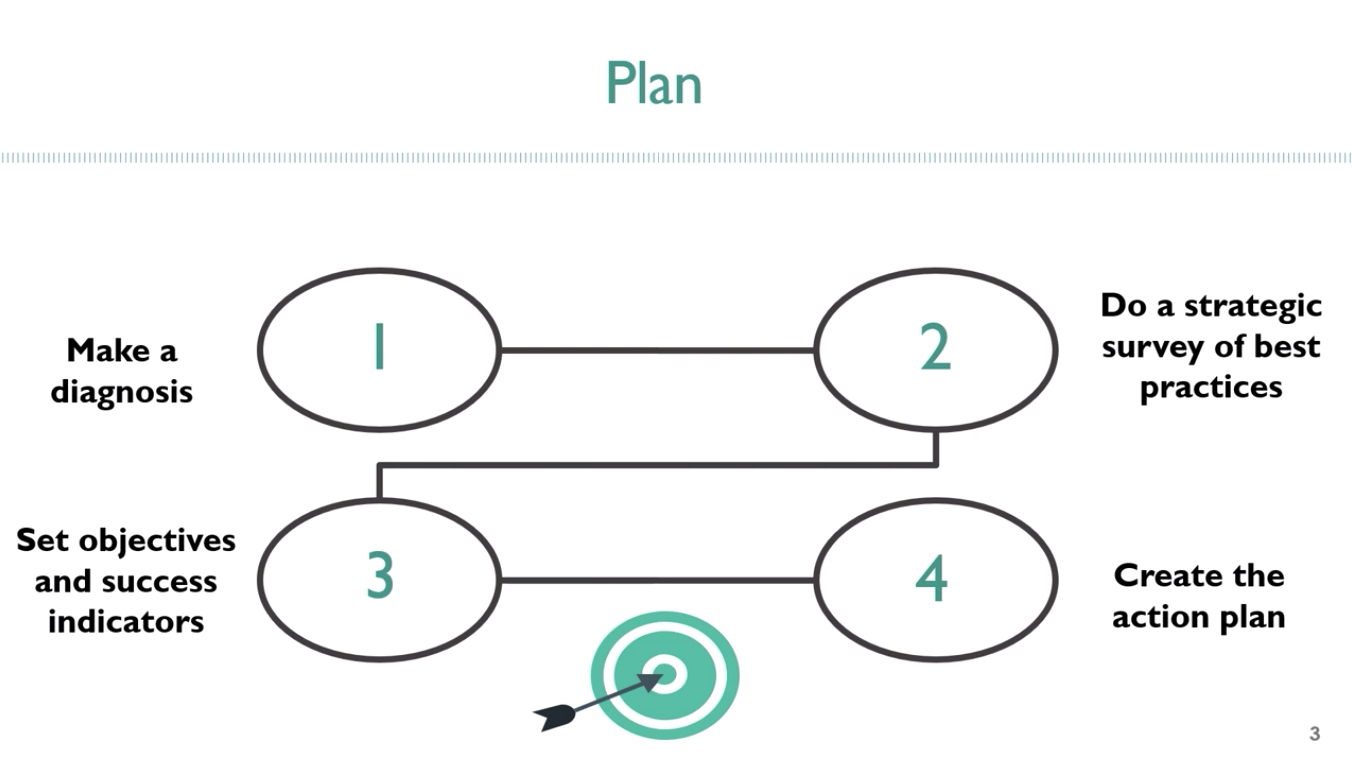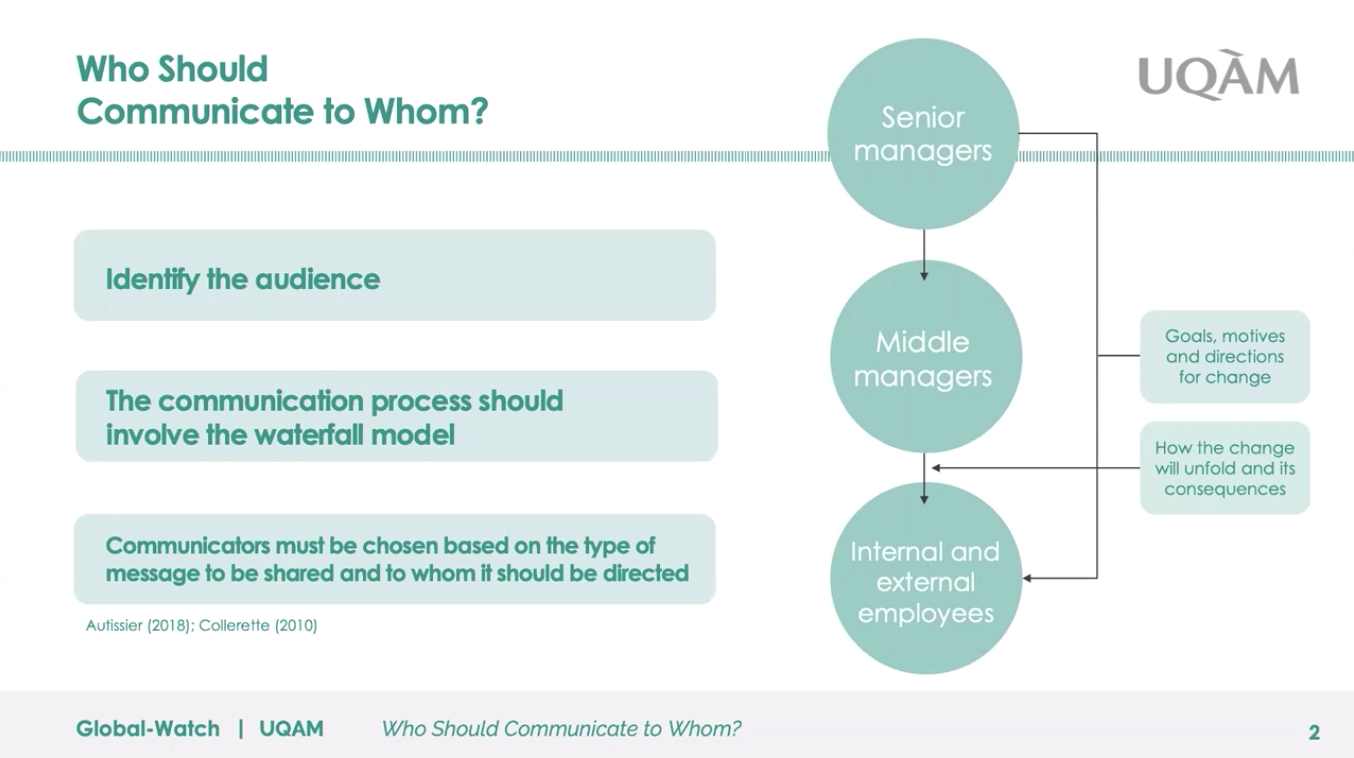 With the end of the worldwide lockdown, vaccination rates rising, the return of workers to the workplace is becoming more and more real. After more than a year of forced remote working, many organizations are turning to a return to work in hybrid mode.
With the end of the worldwide lockdown, vaccination rates rising, the return of workers to the workplace is becoming more and more real. After more than a year of forced remote working, many organizations are turning to a return to work in hybrid mode.
As part of its goal to offer content based on science and promising practices that will allow you to take action in your organizations, Global-Watch has gathered on this thematic page content related to the return to work in hybrid mode. Here you will find several pieces of information that have been drawn from research and experts in the field who will guide you toward concrete actions to take in your workplaces to promote planning for a smooth return to work in hybrid mode.
Thematic dossier:
Global-Watch Tools and resources
Tools developed by PhD students in psychology from the Université du Québec à Montréal.
- Transition to hybrid work mode: 5 beliefs you can build on to mobilize your employees
- Video summarizing the 5 beliefs to mobilize your employees
- Tip sheet
- Questionnaire on attitudes toward the transition to hybrid work mode (print or programmable format)
- How to plan the transition to hybrid work mode? The key steps in planning for change
- Video that explains the 4 steps: diagnosis, strategic monitoring of best practices, objectives and success indicators, and a good action plan
- How to plan the transition to hybrid work mode – Tip sheet
- List: Planning for change
- Communicating well to facilitate the transition to hybrid work mode
- Video clip that presents communication methods adapted to the transition to a hybrid work mode: identification of the target audience, choice of communicators, most opportune time, which media to use and the contents to prioritize for a successful change.
- Communicating to facilitate the transition to a hybrid work mode - Tip sheet
- Communication decision tree according to the different hierarchical levels and the media to be used
Global-Watch Videos
Experts and specialists are saying...
- How to recognize employees’ warning signs in a remote setting?
In this video, Dr. Jennifer Dimoff explains the 5 categories of “warning signs” and the related conditions which could indicate that your employees are psychologically distressed. She specifies how to adapt their recognition in the context of remote work by giving useful tips in for your role as a manager.
Global-Watch Scientific Interpretations
This initiative was made possible through a collaboration with the Université de Sherbrooke.
- Would you be able to recognize SOS in an employee?
Would you be able to recognize a worker who shows early signs of distress or a deteriorated health? - Shared office spaces – what to make of them
The return to work in hybrid mode is, for many organizations, an opportunity to reorganize their workspaces for flexible or shared mode. What are the impacts of these shared workspaces?






